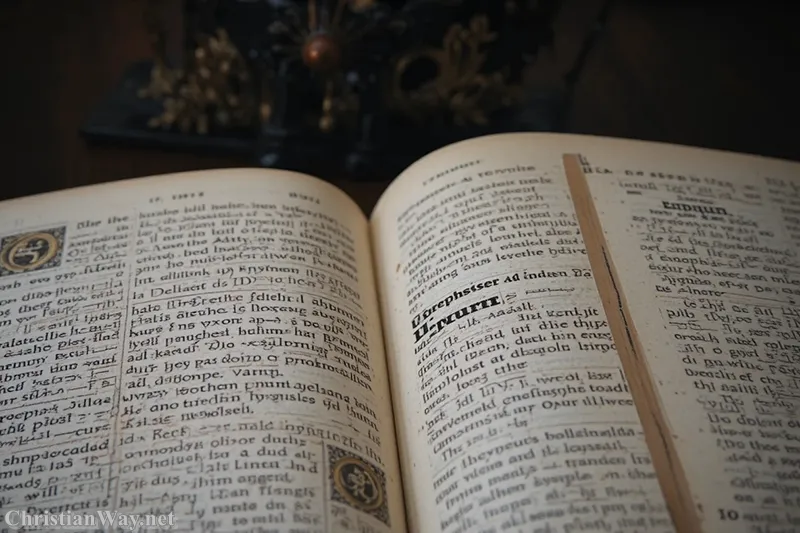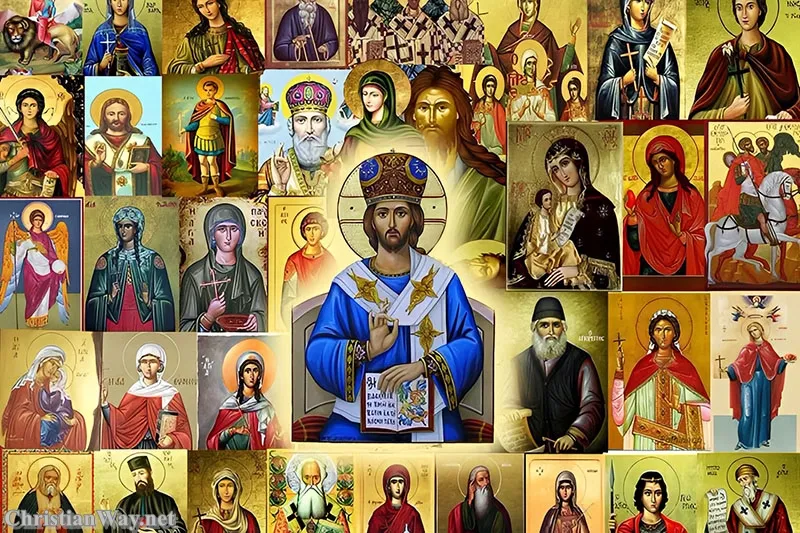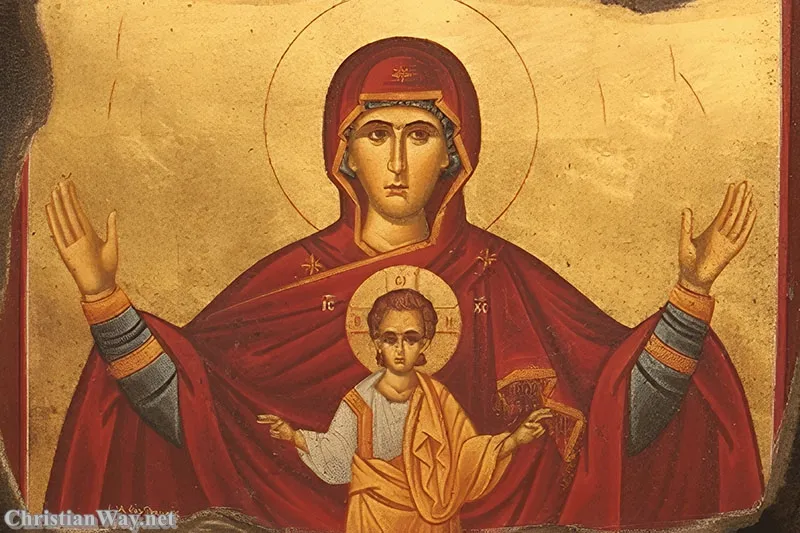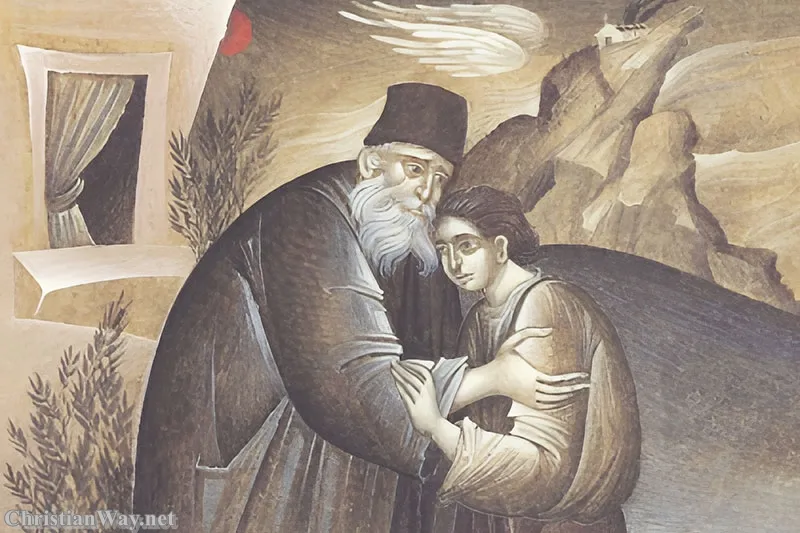Dear brothers and sisters in Christ,
In every age, the human heart wrestles with the same longing — to be whole, to be pure, to live in peace with God. The Orthodox Christian tradition, deeply rooted in the experience of the early Church, understands this longing as the very purpose of life: the journey toward theosis, or union with God. Yet this journey is not achieved through comfort or worldly success, but through ascetic practice — the humble, lifelong work of repentance, prayer, and self-denial that opens the soul to divine grace.
Asceticism in the Orthodox life is not about punishment or self-rejection; it is about love. It is the art of making space for God within the heart. Every fast, every prayer, every act of self-restraint is an expression of this love — a quiet “yes” to God’s transforming presence.
The Heart of Orthodox Life: Living Toward God
To live an Orthodox life is to live liturgically — that is, to see all of life as worship. The Divine Liturgy on Sunday is not an isolated event but the heartbeat of the Christian soul. Through the Liturgy, believers are united to Christ’s sacrifice, to one another, and to the heavenly kingdom that breaks into time.

Yet Orthodox spirituality insists that this communion must extend beyond the church walls. Every meal, every relationship, every breath can become an offering. The Apostle Paul’s words echo in the heart of the ascetic: “Whether you eat or drink, or whatever you do, do all to the glory of God.” (1 Corinthians 10:31)
Orthodox life, therefore, is not divided between sacred and secular. It is one continuous act of thanksgiving — a Eucharistic life in which all things are transfigured through love and humility.
The Meaning of Asceticism: Love in Discipline
The word “ascetic” comes from the Greek askesis, meaning “training” or “exercise.” Just as an athlete trains the body for excellence, the ascetic trains the soul to love God freely. But this discipline is not driven by pride or perfectionism; it is born of longing — the desire to see God and be like Him.
Fasting, silence, and prayer are not ends in themselves. They are means of purification, a way of unlearning the habits of selfishness that cloud the heart. In the words of St. Isaac the Syrian:
“This life has been given to you for repentance; do not waste it in vain pursuits.”
Repentance (metanoia) in Orthodoxy is not merely remorse; it is the continual turning of the soul toward God. Through ascetic practice, the heart learns to bend again toward its Creator, to see His image reflected in all people, and to love with His love.
The Body as a Temple: Fasting and Holiness
The Discipline of the Flesh
Fasting is among the most visible expressions of Orthodox asceticism. It is not merely dietary restriction but an act of freedom — a declaration that the body, though good, is not the master of the soul. By fasting, the believer reclaims the body as a temple of the Holy Spirit (1 Corinthians 6:19).
Orthodox fasting follows the rhythm of the liturgical year, reminding the faithful that time itself is sanctified. There are four major fasting seasons — Great Lent, the Nativity Fast, the Apostles’ Fast, and the Dormition Fast — along with weekly fasts on Wednesdays and Fridays.
Each fast invites the believer to return to simplicity, humility, and dependence on God. As Christ Himself taught, “When you fast, anoint your head and wash your face, that your fasting may not be seen by others but by your Father who is in secret.” (Matthew 6:17–18)
The Harmony of Body and Soul
In Orthodox thought, the body and soul are not enemies but partners. Asceticism restores their harmony. Through fasting, vigils, and prostrations, the Christian learns that holiness is not an abstraction but something lived and embodied. The body becomes a vessel of prayer, a participant in redemption.
The Prayer of the Heart: Inner Stillness and the Jesus Prayer
The Way of Hesychasm
At the heart of Orthodox ascetic practice lies hesychasm, the way of inner stillness. The word hesychia means “silence” or “peace,” and the hesychast seeks to cultivate that deep silence where the Holy Spirit dwells.
This silence is not the absence of sound but the quieting of the passions — anger, pride, lust, envy — that disturb the heart. As these passions are stilled, the believer begins to perceive the gentle presence of God within.
The Jesus Prayer
The Jesus Prayer — “Lord Jesus Christ, Son of God, have mercy on me, a sinner” — is the heartbeat of hesychastic life. Repeated with humility and attention, it gathers the wandering mind into the heart, filling the soul with divine light.
Through the Jesus Prayer, the Orthodox Christian learns that prayer is not only something one does but something one becomes. St. Gregory Palamas taught that through unceasing prayer, the believer may experience the “uncreated light” — the radiance of God’s presence that transfigures both soul and body.
Obedience and Humility: The Hidden Strength of the Saints
Ascetic life is always lived in community — even for monks and hermits. The virtue of obedience is central to Orthodox spirituality because it reflects Christ’s own obedience to the Father: “Not my will, but Yours be done.” (Luke 22:42)
In the monastery, obedience to a spiritual elder teaches humility and surrender. In family life, obedience takes the form of service and patience. In the parish, it means listening, forgiving, and loving without measure.
The saints of the Orthodox Church — from St. Anthony the Great to St. Seraphim of Sarov — demonstrate that true strength is found in meekness. St. Silouan the Athonite once said:
“Keep your mind in hell and despair not.”
This paradoxical saying expresses the humility of a soul that knows its weakness yet refuses to lose hope in God’s mercy.
The Cross and the Resurrection: The Pattern of Ascetic Life
The Orthodox ascetic path mirrors the pattern of Christ Himself — the way of the Cross leading to resurrection. Every fast, every tear of repentance, every act of mercy is a participation in Christ’s own self-emptying love.
The Cross is not an end but a passage to glory. The ascetic learns that joy is hidden in suffering, life is hidden in death, and the kingdom of God is found in the heart that has surrendered everything.
As St. Paul wrote, “I have been crucified with Christ; it is no longer I who live, but Christ who lives in me.” (Galatians 2:20)
Asceticism in the Modern World: Living Simply, Loving Deeply
The modern world prizes comfort, achievement, and self-expression. To live ascetically today is therefore countercultural — but deeply liberating. It means to live simply, to pray sincerely, to love without condition.
Every Christian, whether monk or layperson, is called to asceticism in some form. For parents, it may mean sacrificing sleep for a child; for workers, enduring difficulty with patience; for all believers, learning to forgive and to restrain anger.
Orthodox asceticism teaches that holiness does not depend on external conditions but on the disposition of the heart. It is possible to live ascetically in a city apartment as in a desert cave, if the heart remains turned toward God.
The Fruit of Ascetic Life: Peace, Compassion, and Theosis
In the end, the goal of ascetic practice is not perfection but communion — to become partakers of the divine nature (2 Peter 1:4). Through the slow work of repentance and love, the heart becomes transparent to God.
The fruit of this transformation is peace — the peace of Christ that “surpasses all understanding” (Philippians 4:7). This peace is not fragile; it endures through trials and radiates compassion to others.
The true ascetic does not withdraw from the world in disdain but sees all creation as the field of God’s mercy. As St. Seraphim of Sarov said:
“Acquire the Spirit of peace, and thousands around you will be saved.”
This is the essence of Orthodox life: to be filled with divine love so completely that it flows outward, healing the world.
🌿 Reflect and Pray
The ascetic path is not reserved for a few holy monks but offered to all who seek God sincerely. It is the path of love purified by discipline, joy born from surrender, and life renewed in the image of Christ.
Let us, then, begin where we are — with small acts of fasting, silent prayer, and mercy — trusting that every step taken in humility draws us closer to the light of the Resurrection.
Prayer:
O Lord Jesus Christ, meek and humble of heart,
teach us to walk the narrow way that leads to life.
Grant us the courage to fast from pride and selfishness,
to pray with sincerity, and to love with purity.
May our hearts become temples of Your peace,
that through us, Your light may shine upon the world.
Amen.
— Fr. John Matthew, for Christian Way





